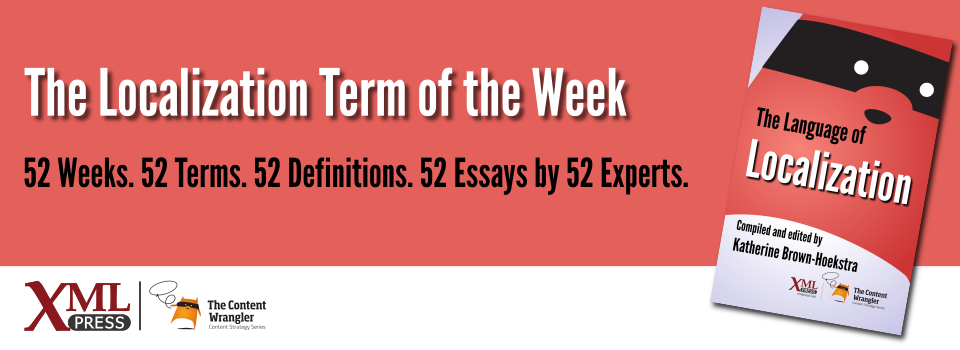What is it?
The instance when a source segment that is submitted to translation is word-for-word the same as a source segment that has already been translated and exists in the translation memory (TM).
Why is it important?
Exact matches save translation expenses. Once a segment has been translated, an exact match reduces the cost of processing that same segment again. In-context exact matches reduce costs even more.
Why does a technical communicator need to know this?
Exact match is a concept that is closely tied to translation memory. Translation memory (TM) is a database that stores completed translations so they can be reused for future projects. When a segment is translated, the source segment and the translated equivalent are stored together as a translation unit in the TM[SDL].
When a translator receives additional content to translate, new segments are compared to the existing translation units. If a new source segment and its translation already exist in the TM, the cost for translating the new segment is minimized. The closer the match between the new and previous source segments, the lower the cost. If the source segments match exactly, the cost is minimal[Karpa 2015].
If the segment before and after any given segment are also exact matches, there may be no charge to translate the new segment at all. This is called an in-context exact match[Dias][Sikes 2007].
As a by-product of updating existing content, words are sometimes changed from one version to the next for purely stylistic reasons. The changes add no informational value and can cause what could be an exact match to become fuzzy and, therefore, more expensive to translate. This is a waste of money. In addition to saving money, exact matches have other positive effects on both the source and target languages:
- Content that is consistent is easier to read.
- Content that is consistent is easier to re-use.
- Content that is consistent is easier to update.
References
- [SDL] SDL Help, Translation Memory Match: Help topic that explains how SDL Worldserver determines exact and fuzzy matches.
- [Karpa 2015] Pricing TM Workflow: Karpa, Mike (2015). GALA. Blog post that discusses the evolving thinking about pricing exact matches in translation and how context affects the usefulness of an exact match.
- [Dias] The Fuzziness of Fuzzy Matches: Dias, Kevin. TM-Town. Blog post that explains how matches are determined.
- [Sikes 2007] Fuzzy Matching in Theory and in Practice: Sikes, Richard (2007).MultiLingual magazine. Article that explains how matching works.

